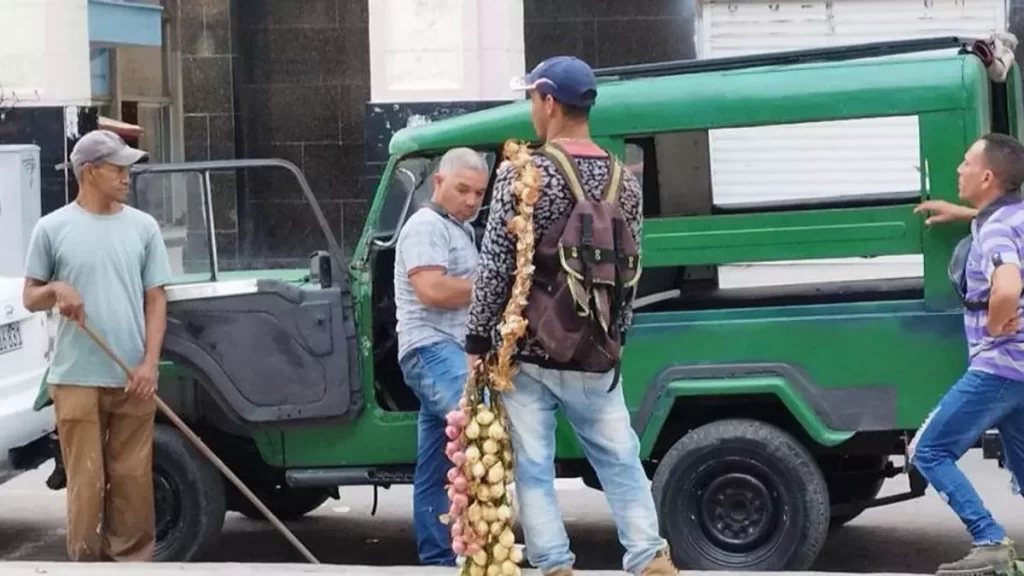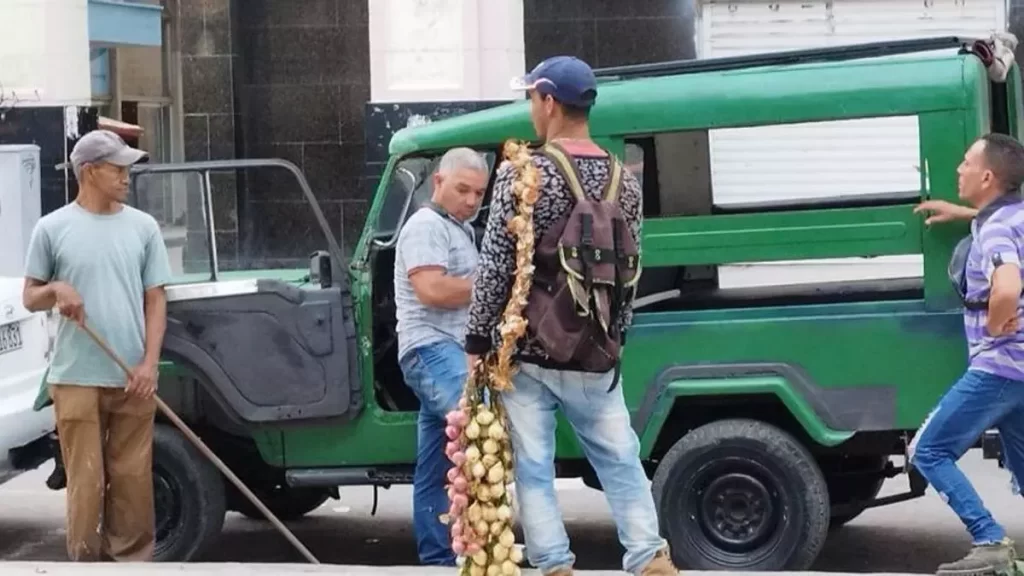
14ymedio, Natalia López Moya, Havana, March 24, 2024 — Yucca with creole mojo, tamales with a good portion of sofrito on top and the marinade for meat. In each there is an ingredient that leads and surpasses in importance to all the others: garlic. Cuban cuisine basically smells like the aromatic condiment that accompanies a good part of everyday recipes.
However, ensuring that garlic cloves end up next to the black beans or the boiled malangas is becoming more and more difficult for the pocketbooks of Cuban families. Traditionally sold in the form of bulbs, cloves or strings, garlic is one of this year’s products that has experienced a greater price increase in the agromarkets that 14ymedio monitors every week.
At the beginning of January, on Plaza Boulevard in the city of Sancti Spíritus, a string of garlic reached 1,000 Cuban pesos, and this season’s offer for bulbs and cloves barely appeared on social platforms. “We can’t sell untied garlic because it’s not profitable,” said a seller from a well-known agromarket last January when this newspaper questioned why customers had to buy a complete string of 50 small bulbs.
“Almost everything was seasoned with the popular bulb, and it was also used in herbal teas for many ailments and in skin plasters”
“I put a small bulb in the garlic juicer and there’s plenty of space,” complained a buyer. “It’s not worth peeling because the cloves are so puny that it takes a lot of work; it’s better to crush them all together and use them like that to at least give some flavor to the food.” This is the method to “not give up eat


